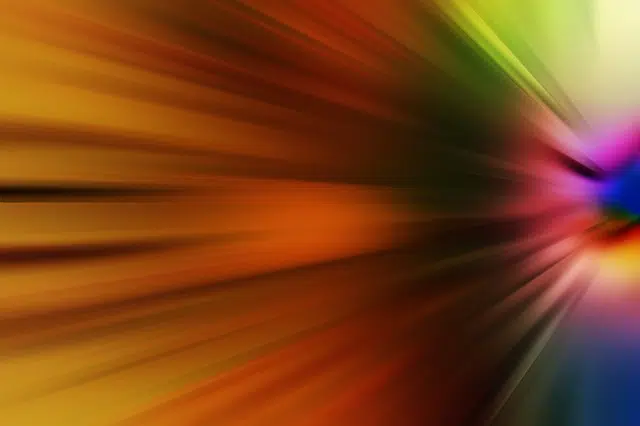
Spectrophotometry allows us to measure the amount of light that a substance absorbs.
Spectrophotometry is a concept that is formed with two terms: spectrum and photometry . To understand its meaning, therefore, it is advisable to begin with the analysis of its components .
In the field of physics , the distribution, by virtue of a certain magnitude, of the intensity of radiation is called a spectrum . The notion can also refer to the graph that represents said distribution. Photometry , meanwhile, is the process that allows measuring light intensity and the name of the branch of optics focused on the study of the laws linked to that intensity.
With this clear, we can move forward with the definition of spectrophotometry . This is the name given to the procedure that makes it possible to measure the amount of light that a substance absorbs taking into account a certain wavelength .
What is light
Light is an electromagnetic wave. Specifically, it is a wave that is part of the visible spectrum , since it is the part of the radiation that can be perceived by the human eye. Its wavelength is between 400 and 700 nanometers.
Spectrophotometry, as we already indicated, is responsible for measuring the amount of light absorbed by a substance , considering a particular wavelength. What is measured is the light intensity when a beam passes through a solution .
Intensity, in turn, is the magnitude reflected by the luminous flux emitted by a source in a given direction per unit of solid angle. The candela is the unit of luminous intensity used in the international system.

The device that performs spectrophotometry is called a spectrophotometer.
Spectrophotometry and Beer-Lambert law
Spectrophotometry is based on the so-called Beer-Lambert law . This postulate expresses the link that exists between the absorption of light and the properties of the material that passes through it.
In other words, this law establishes a relationship between the light intensity entering a medium and the light intensity leaving once absorption has occurred . For the calculation, it uses different equations depending on whether the material is a liquid or a gas .
The spectrophotometer
To perform spectrophotometry, a spectrophotometer is used. The inventor of this device was the American Arnold Orville Beckman ( 1900 – 2004 ), who presented it in 1941 .
A spectrophotometer is responsible for projecting a beam of light to pass through a sample, measuring transmittance (the light that manages to pass through the sample) or absorbance (the light that it absorbs). The level of light transmitted or absorbed at a certain wavelength is proportional to the concentration of the material in the sample .
When the material cannot achieve light absorption, it is possible to mix it with a reagent . This generates a solution that, thanks to a chemical reaction, absorbs light. Due to their properties, today's spectrophotometers are prepared to carry out measurements on multiple materials.
Spectrophotometry can help discover the level of contamination in water, detect impurities in reagents or know the amount of a substance in a solution, for example.
